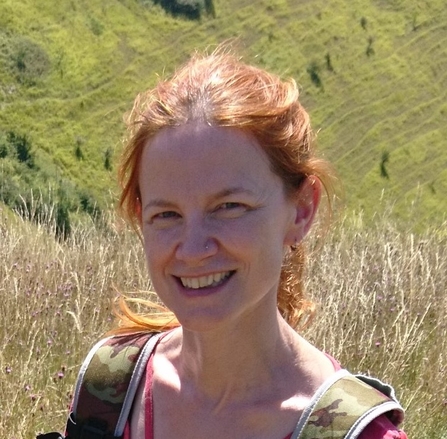I come from a family of naturalists so have had a connection with nature since I was small. My dad was a biology and chemistry teacher as well as running a nature photography business with his brother and my mum. I used to get dragged around to nature reserves as a child which sounds lovely, but because they were photographing things all the time we were constantly stopping - it was really annoying!
I tried to forge a different path by doing physics at A level before realising that biology came more naturally to me, so I leaned into it and changed my plans to study biology at university.


